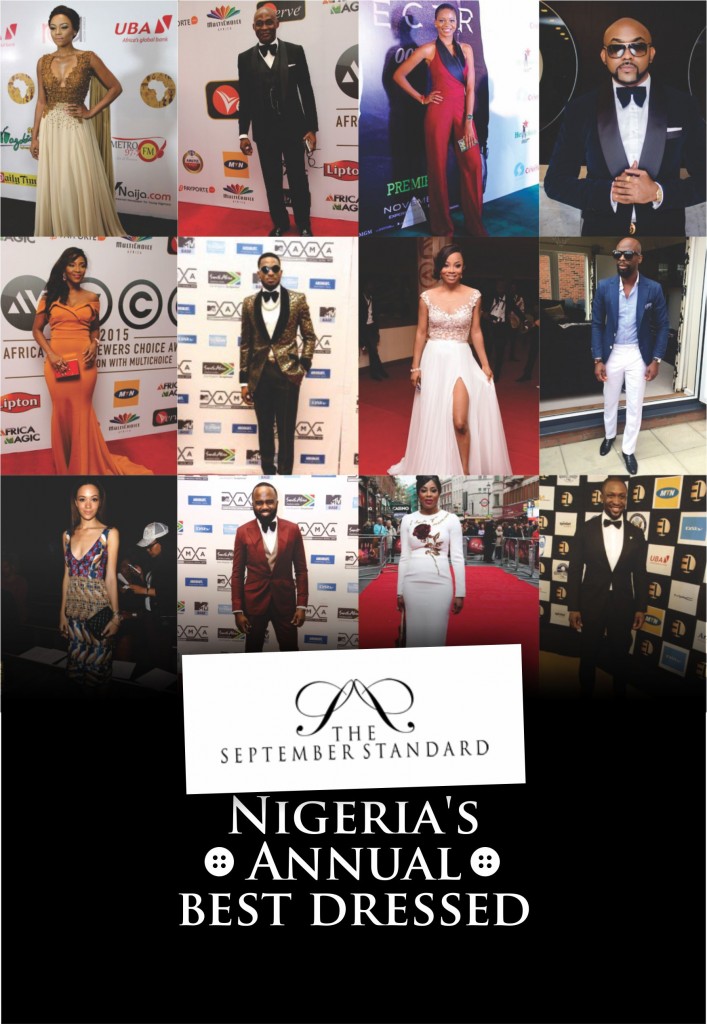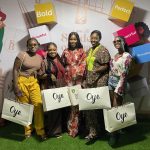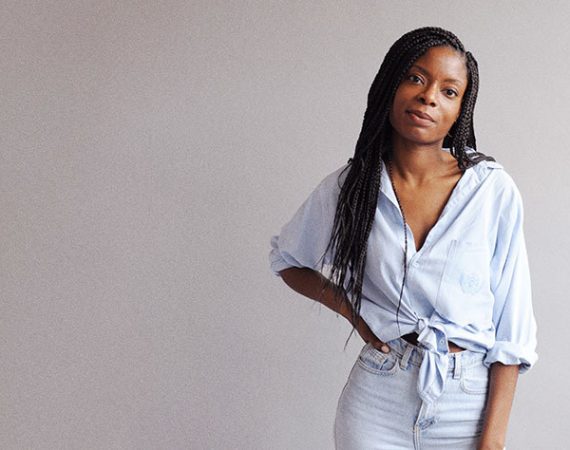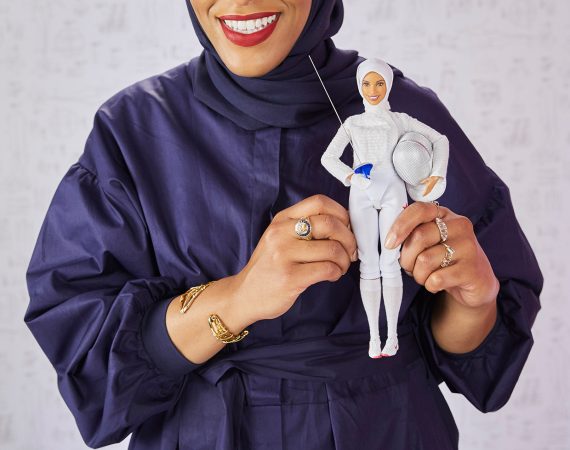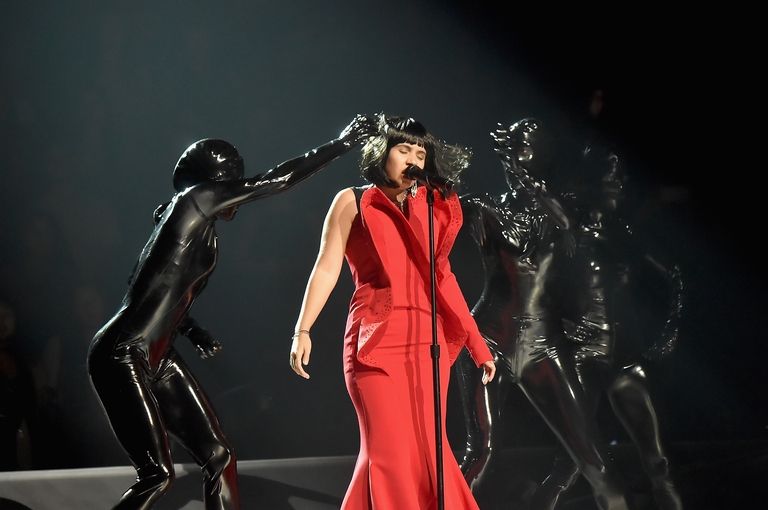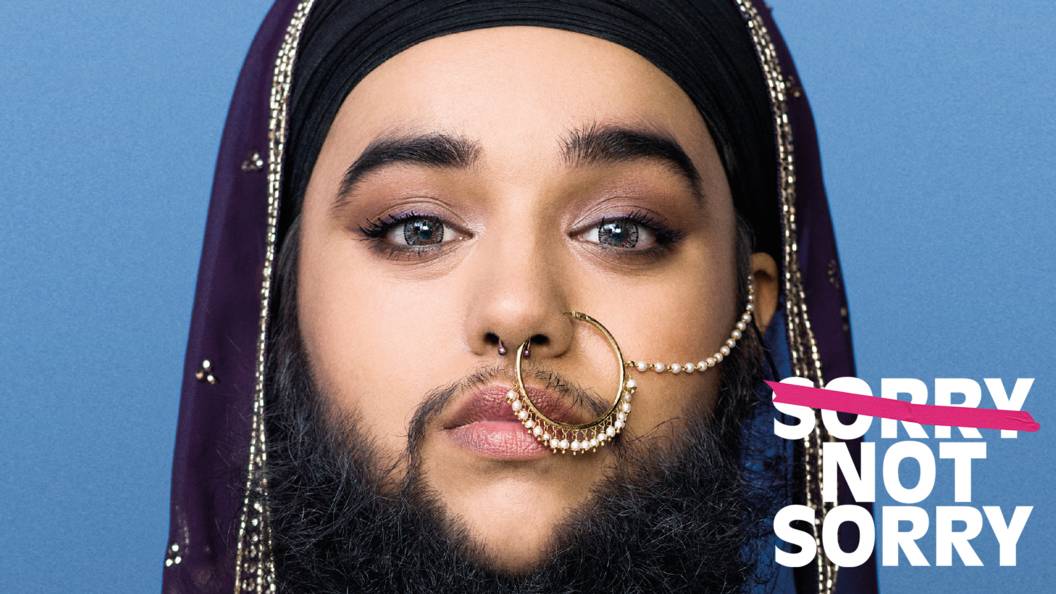You must have seen one of them sometime during the year, a Harmattan or Rain collection aired on the major fashion media channels. Many of these emerging designers, Josh Amor, Maxivive, JZO, FemyToys, all aggressively pushing the narrative that their clothes are made specifically for our climate and consumers.
This is just a new development in a long discussion about how best to Africanize the Nigerian fashion industry. Now that some of these brands are showing at the biggest runway showcases in the country, it is time to rehash this debate.
There are many perks to an Africanized fashion calendar that takes in consideration the unique needs our tropical climate presents and designers who create clothes that primarily meet these needs. Africa is the new hotbed for fashion, the invasion on European and American high street retailers and the successes of South African owned Mr. Price all are testament to this. So why do our designers almost stubbornly refuse to adjust?
There are many reasons.
First off, for many African (read Nigerian) designers, success is measured in terms of international acceptance and acclaim. Features in Vogue Italia’s highly coveted Vogue Talents list, the most open minded of all the Vogue franchises, invitations to show at international fashion weeks, features in mid-level international magazines are all valuable currency to an African designer. Usually to even qualify to play on this field requires playing by international rules and following international calendars.
Second, for many African designers, manufacturing in Africa is extremely difficult or near impossible. This depends on the complexity of the designs they want to attempt and the quality of manufacturing they want to achieve. This means manufacturing abroad. Many international manufacturing factories work in line with their fashion calendars. To justify breaking their schedule to accommodate a designer with specific requests will either require extra money or an adjustment in the quota of pieces. Which brings us to the third reason.
High costs of manufacturing added to all the other uncertainties of doing business in a country without a proper fashion framework means the overhead costs of running a fashion brand is added to the clothes. This pushes even the mid-level designers to sell their clothes at luxury prices. This alienates them from home-based clients and forces them to court international luxury clientele who already understand the business aspects of fashion design and are willing to pay extra for high quality, innovative clothing from ‘buzz worthy’ African designers.
A vicious cycle that repeats itself every fashion cycle.
Before we push for an Africanized fashion calendar we must create a socio-economic framework, complete with a retail cycle and government protection and support so that designs from our African designers are easily accessible to consumers and manufacturing is competitively priced and available. We need to place value on the art of design and overhaul the industry itself so that only the best get to offer their ideas to the buying audience. We need to appreciate that good clothes cannot come cheap.
Until we do, it is certain that an Africanized fashion calendar, however nobly intended, will be premature and only complicate whatever problems we already face.

